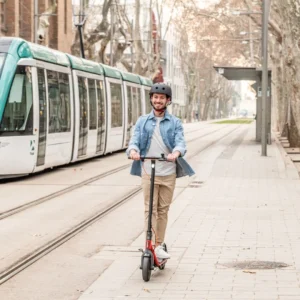IIT Roorkee has developed the world’s first artificial intelligence model that can transliterate historical Modi script into the Devanagari script. Named MoScNet, the model uses a Vision-Language Model (VLM) architecture to transform ancient manuscripts into readable modern texts. This work supports national digitization missions such as Digital India and Bhashini.
The research, titled “Historic Scripts to Modern Vision”, introduced MoDeTrans, a new dataset that includes over 2,000 scanned images of Modi script. These manuscripts cover three major historical periods — Shivakalin, Peshwekalin, and Anglakalin. Each image in the dataset is paired with an expert-approved Devanagari transliteration.
The AI model was led by Professor Sparsh Mittal from IIT Roorkee, and the team included students Harshal and Tanvi from COEP Technological University, and Onkar, a graduate of Vishwakarma Institute of Information Technology, Pune. Together, they aimed to offer a scalable and lightweight solution that works well even in places with limited digital resources.
MoScNet shows much higher accuracy than existing OCR tools. Unlike traditional methods, it can read and convert handwritten and printed Modi script with strong results. This is especially helpful because India holds more than 40 million Modi script documents. These include land records, ancient science texts, and Ayurvedic manuscripts that are important to both researchers and historians.
The Director of IIT Roorkee, Kamal Kishore Pant, emphasized how this work combines technology with culture. He said the model brings efficiency to a task that once needed rare experts. With many old records fading and very few Modi script scholars available, this model helps make the documents easy to read, store, and use.
The team believes this model can help bridge a critical gap in India’s academic and archival systems. By creating tools that are open-source and ethical, they aim to expand access to India’s deep cultural past. The project highlights how modern AI can be used not just for automation, but also for building national pride and identity.
Professor Sparsh Mittal stated that their model is just the beginning. Their goal is to set a strong base for future AI research in Indic languages and scripts. The model is also designed to work well with platforms like BharatGPT and Bhashini. These are key tools in India’s plan for multilingual AI, helping more people across different regions gain access to their cultural heritage.
The model also supports language learning, research, and archiving. It is expected to help schools, universities, and government agencies preserve and study India’s medieval documents more easily. The engine can also grow and adapt over time, opening up more use cases as technology and data improve.
With this innovation, IIT Roorkee has taken a major step forward in combining artificial intelligence with cultural preservation. This project not only helps protect historic scripts, but it also makes them usable for the next generation of students, scholars, and citizens.







